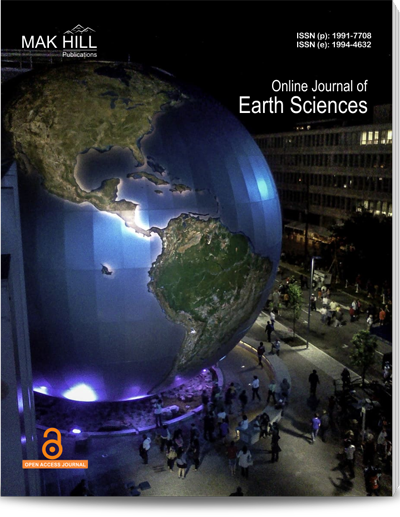
Online Journal of Earth Sciences
ISSN: Online 1994-4632ISSN: Print 1991-7708
Abstract
In the South of Algeria, the dental fluorosis is a "silent" epidemic spreading within the populations. The present study was aimed to determine the fluoride content in the water, dates and the tea that are consumed. The results reveal that 35% of the water wells had excessive fluoride levels (> 1.5 mg L-1). They are the waters of the Eastern areas that present the highest contents. These are, therefore, the areas where dental decay is the most widespread pathology. Although the dates and the tea are considerable sources of fluoride, with a daily contribution of 10 and 20%, respectively, it is the water which contributes up to 70%. For these three sources, the daily intake of fluoride ingested by an adult exceeds the proposed safe threshold for fluoride intake of 0.05-0.07 mg F.kg.day-1. The defluoruration with hydrated lime shows that starting from one liter of water of 2.3 mg L-1 of fluoride; the content could be brought back to 1.2 mg L-1. Maximum efficiency for one liter of treated water is 1.1 mg of fluoride by using 200 mg of lime.
How to cite this article:
Messaitfa Amar and Safer Mohamed Chawki . Fluoride Contents in Groundwaters and the Main Consumed Foods (Dates and Tea) in Southern Algeria Region.
DOI: https://doi.org/10.36478/ojesci.2007.70.75
URL: https://www.makhillpublications.co/view-article/1991-7708/ojesci.2007.70.75